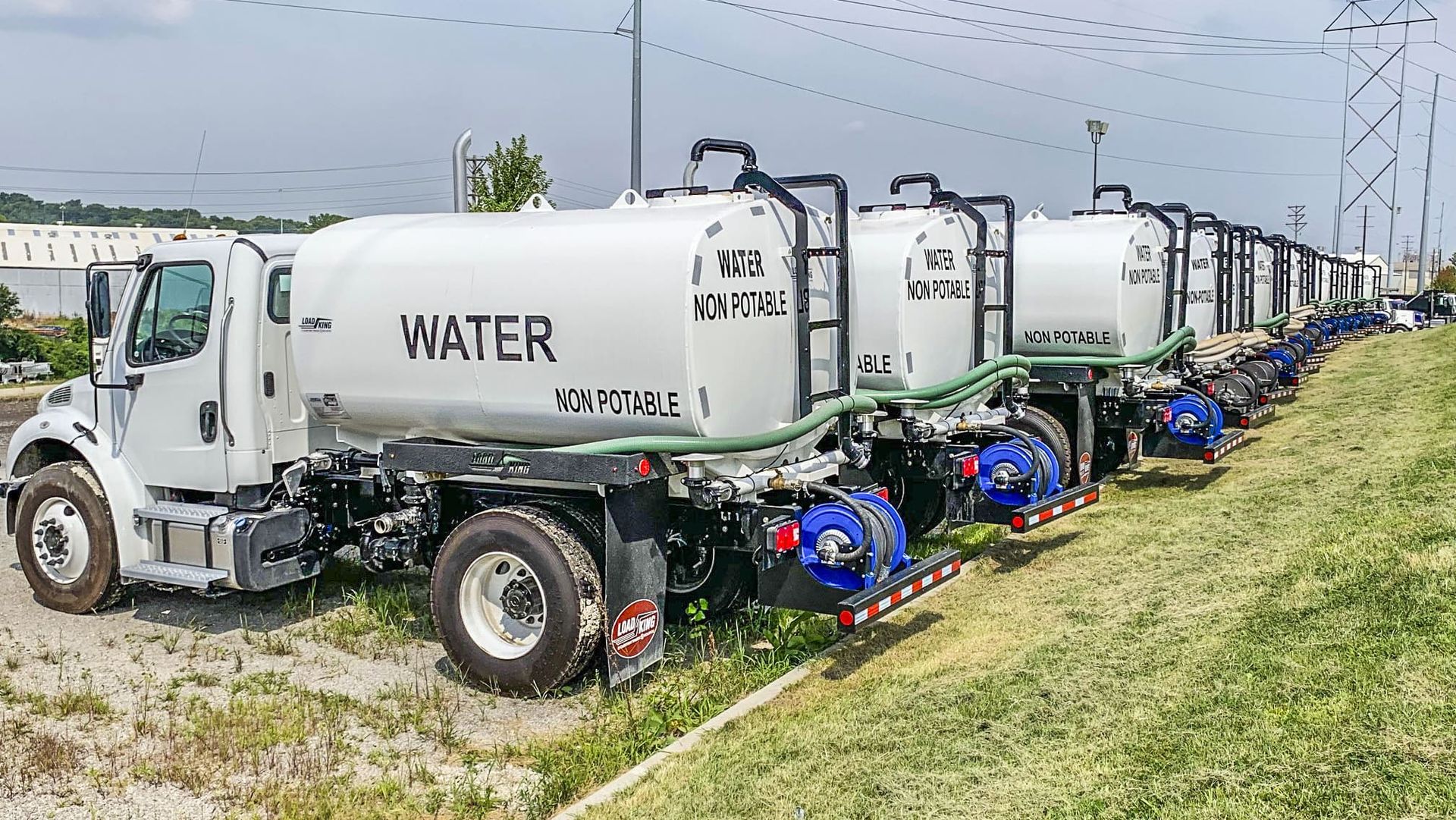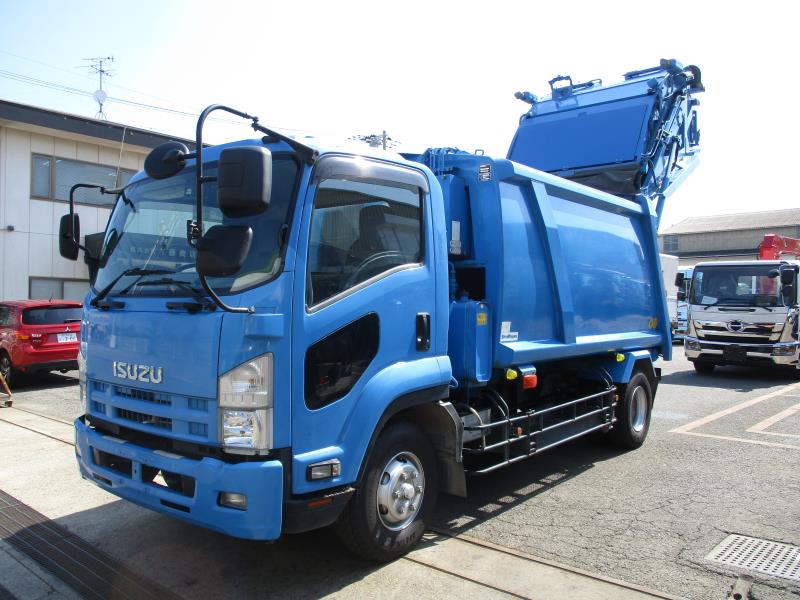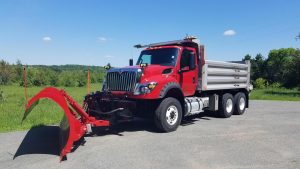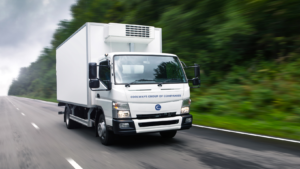Introduction
Water trucks, essential in various industries, provide a versatile and efficient means of transporting and distributing water. These specialized vehicles are crucial for construction sites, agriculture, fire fighting, and dust control. This article delves into the detailed specifications and multifaceted uses of water trucks, highlighting their importance and technological advancements.
Key Specifications of Water Trucks
Chassis and Engine:
- Chassis: Heavy-duty truck chassis designed for rugged terrains and heavy loads.
- Engine: Diesel-powered engines are the most common, with power outputs ranging from 200 to 500 horsepower, depending on the truck size and application.
- Transmission: Typically equipped with manual or automatic transmissions, ranging from 5-speed to 18-speed, to handle varying loads and terrains.
- Drivetrain: Available in different configurations such as 4×2, 6×4, or 8×4, ensuring stability and traction in diverse environments.
Water Tank:
- Capacity: Tanks usually range from 2,000 to 10,000 gallons, though larger capacities are available for specific needs.
- Material: Commonly made from steel, stainless steel, or polyethylene to resist corrosion and ensure durability.
- Shape: Cylindrical or rectangular tanks, designed to optimize water distribution and vehicle stability.
Pump and Spray System:
- Pump Type: Centrifugal or positive displacement pumps are typically used, providing efficient water transfer and pressure.
- Pump Capacity: Flow rates can range from 200 to 1,000 gallons per minute (GPM), ensuring adequate water distribution.
- Spray Heads: Equipped with multiple spray heads or nozzles, including rear, front, and side sprays, to cover a wide area effectively.
- Control Systems: Advanced trucks feature automated control systems for precise water delivery and pressure adjustments.
Safety Features:
- Anti-lock Braking System (ABS): Enhances braking performance, especially on slippery surfaces.
- Traction Control: Ensures stability and control, particularly on uneven terrains.
- Emergency Shut-off Valves: Allow for immediate water flow stoppage in case of emergencies.
- Lighting: Equipped with high-intensity work lights and reflective markings for visibility in low-light conditions.
Additional Features:
- Cab Comfort: Modern cabs include air conditioning, ergonomic seating, and advanced infotainment systems for driver comfort.
- GPS and Telematics: Integrated systems for real-time tracking, route optimization, and maintenance monitoring.
- Auxiliary Equipment: Some water trucks come with additional tools such as hoses, reels, and water cannons for specific applications like firefighting or agriculture.
Applications and Importance of Water Trucks
Construction Industry: Water trucks are indispensable on construction sites, where they are primarily used for dust control. Construction activities generate significant dust, which can be a health hazard and an environmental concern. Water trucks help mitigate this by spraying water over dusty areas, ensuring a safer and cleaner work environment.
Additionally, water trucks are used for soil compaction. Adequate moisture is crucial for proper soil compaction, and water trucks provide a consistent and controllable water source, enhancing the effectiveness of compaction efforts.
Agriculture: In agriculture, water trucks serve multiple purposes. They are used for irrigation in areas where permanent irrigation systems are not feasible. Water trucks can transport water to remote fields, ensuring crops receive adequate hydration, especially during dry spells.
Livestock farms also benefit from water trucks, as they can provide a reliable water source for animals. In regions where water availability is seasonal or scarce, water trucks ensure that livestock have access to necessary hydration, promoting their health and productivity.
Firefighting: Water trucks are a vital component of firefighting efforts, especially in rural and forested areas. These trucks can access locations where fire hydrants are not available, providing a critical water supply for firefighting operations. Equipped with high-pressure pumps and hoses, water trucks can deliver water directly to the fire scene, aiding in fire suppression and containment.
Dust Control: Beyond construction sites, dust control is crucial in mining operations, road maintenance, and industrial facilities. Water trucks help suppress dust in these environments, improving air quality and visibility, reducing respiratory hazards, and ensuring compliance with environmental regulations.
Public Works and Road Maintenance: Municipalities and public works departments use water trucks for various tasks, including street cleaning, road maintenance, and park irrigation. These trucks help keep public spaces clean and green, contributing to the overall well-being of communities.
Technological Advancements in Water Trucks
Automated Control Systems: Modern water trucks are equipped with automated control systems that allow operators to adjust water flow and pressure with precision. These systems enhance efficiency, reduce water wastage, and ensure optimal coverage.
Telematics and GPS Integration: The integration of telematics and GPS technology has revolutionized water truck operations. Real-time tracking and route optimization improve operational efficiency, reduce fuel consumption, and enhance safety. Maintenance monitoring ensures that water trucks are in optimal condition, minimizing downtime and repair costs.
Eco-Friendly Innovations: With a growing focus on sustainability, water trucks are incorporating eco-friendly features. These include engines that meet stringent emission standards, water recycling systems, and solar-powered components. Such innovations reduce the environmental impact of water truck operations.
Maintenance and Operational Considerations
Regular Maintenance: To ensure longevity and optimal performance, water trucks require regular maintenance. This includes routine checks of the engine, transmission, pump system, and spray heads. Regular cleaning of the water tank and filtration systems is essential to prevent blockages and contamination.
Operator Training: Proper training for operators is crucial for safe and efficient water truck operation. Training programs should cover vehicle handling, pump operation, spray system control, and emergency procedures. Well-trained operators can maximize the effectiveness of water trucks while minimizing operational risks.
Compliance with Regulations: Water trucks must comply with various regulations, including those related to vehicle safety, emissions, and water usage. Operators and fleet managers should stay informed about local and national regulations to ensure compliance and avoid penalties.
Conclusion
Water trucks are a versatile and indispensable tool in numerous industries, from construction and agriculture to firefighting and public works. Their ability to transport and distribute water efficiently makes them crucial for dust control, irrigation, firefighting, and more. With ongoing technological advancements, water trucks are becoming more efficient, eco-friendly, and easier to operate. Proper maintenance and operator training are essential to maximize their benefits and ensure safe, reliable operations. As industries continue to evolve, the importance of water trucks in supporting essential operations and promoting environmental sustainability will only grow.





